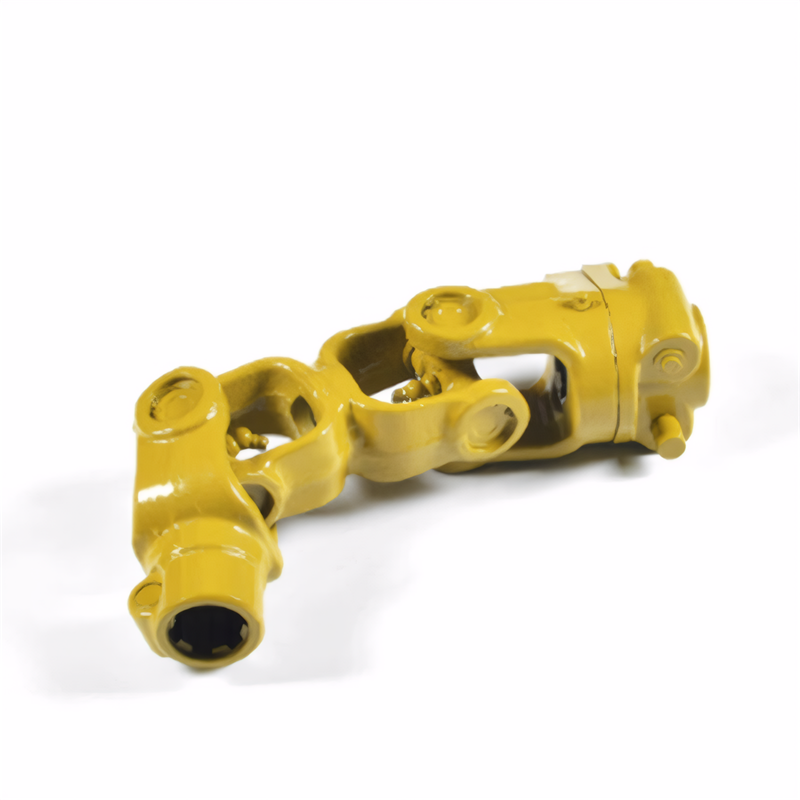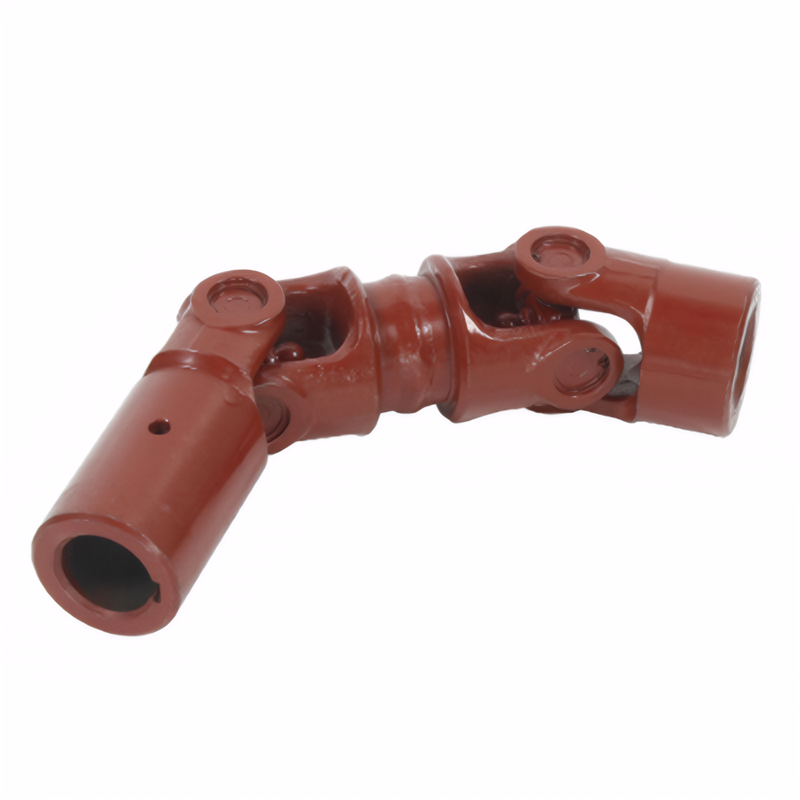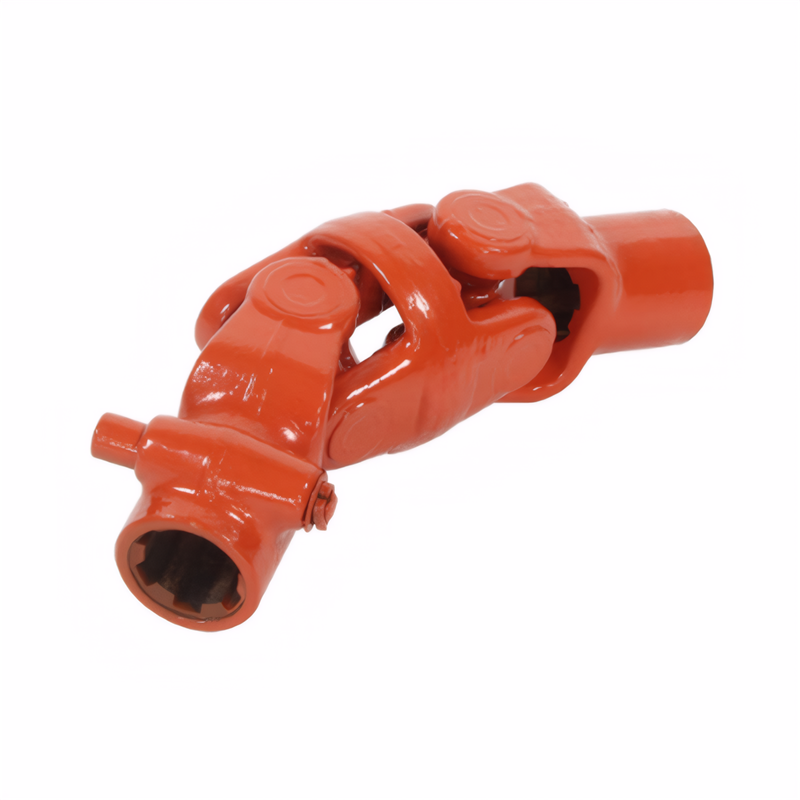Explore seven mechanical transmission modes and how to choose the one that suits you.
Mechanical transmission, as a key component or mechanism to transmit power from one end of the machine to the other, plays a vital role, which ensures the smooth movement or operation of the machine or its components.
Gear transmission in mechanical transmission is to realize power transmission through the meshing and rotation of two or more gears. When the driving gear starts to rotate, its teeth mesh with those of the driven gear, thus driving the driven gear to rotate and completing the power transmission. This transmission mode is widely used in the mechanical field.
The advantages of gear transmission include: it is suitable for short-distance transmission requirements; Its transmission ratio is accurate and stable, and at the same time it has high efficiency; High reliability at work and long service life; And can realize transmission among parallel shafts, shafts intersecting at any angle and shafts staggered at any angle.
However, gear transmission also has some shortcomings: it requires high precision in manufacturing and installation, resulting in relatively high cost; At the same time, it is not suitable for long-distance transmission between two shafts; In addition, this transmission mode lacks overload protection function.
chain transmission
Chain drive is a transmission mode that realizes rolling or sliding motion through the connection between chain and sprocket. In the working process, the rotation of the driving wheel causes the chain to roll or slide, and then drives the driven wheel to rotate, thus realizing the power transmission and motion control.
Its advantages include: the transmission ratio of chain drive is relatively accurate; It can transmit large power and has overload protection function; And can work stably in harsh environments such as high temperature, humidity and dust.
However, chain drive also has some limitations and shortcomings: it is mainly suitable for transmission between two parallel shafts; The cost is relatively high; The chain is easy to wear and stretch, which leads to poor transmission stability; Therefore, it is not suitable for occasions that need rapid reverse transmission.
belt drive
Belt drive depends on the rolling or sliding of the belt. In the process of operation, the rotation of the driving wheel causes the corresponding movement of the belt, and then drives the driven wheel to rotate, thus realizing the effective transmission of power and accurate control of movement.
Its advantages include: it is suitable for transmission occasions with relatively large center distance between two shafts; The belt itself has excellent flexibility, which can effectively buffer impact and absorb vibration; In the case of overload, the sliding characteristic helps to protect other transmission parts from damage; In addition, its structure is relatively simple and its cost is relatively low.
However, there are also some shortcomings in belt drive: its outline size is relatively large and it takes up more space; Need to be equipped with a special tensioning device to maintain the tension of the belt; Because of the slip phenomenon, the transmission ratio cannot be guaranteed to be fixed; At the same time, the life of the belt is relatively short and needs to be replaced regularly; The transmission efficiency is also relatively low.
Worm gear and worm drive
Worm gear and worm drive is realized by the meshing of worm and worm wheel. In the process of operation, the rotating motion of the worm drives the spiral worm to mesh with the worm wheel, and then the worm wheel rotates.
Its advantages include: large transmission ratio, making the structural size more compact; At the same time, the transmission process is stable and the bearing capacity is high.
However, worm gear transmission also has some limitations: the system may be prone to heat because of the large axial force generated during meshing; In addition, its transmission efficiency is relatively low, and only one-way transmission can be realized.
cam drive
Cam drive uses the rotation or linear motion of the cam to push the follower to move back and forth or swing in advance. Its structure is simple and its design is flexible, which can meet the complex sports needs. However, it should be noted that the point and line contact are easy to wear, and the machining of cam profile is complicated, with relatively high cost and limited travel range.
Connecting rod drive
Connecting rod transmission realizes diversified movements through a number of members with definite relative movements, including rotation, swing, movement and complex movements in plane or space. Its structure is simple, processing is convenient, and the connecting rod curves are diverse, which can flexibly meet various sports requirements. However, there are some shortcomings in this transmission mode, such as a large number of components and motion pairs, which leads to relatively low motion accuracy; At the same time, it is not easy to achieve balance and is not suitable for high-speed operation; In addition, the design process is complex, and it is difficult to achieve accurate trajectory control.
fluid drive
Hydraulic transmission uses the pressure of liquid in a closed pipeline to transmit power. The actuating mechanism in the hydraulic system includes a hydraulic cylinder that can reciprocate linearly or swing, and a hydraulic motor that can rotate.
The advantages of hydraulic transmission include: large moment-inertia ratio, stepless adjustment of speed, torque and power; It is easy to connect with electrical control system and CPU to realize overload protection and pressure maintaining functions; In addition, hydraulic technology has strong flexibility and plasticity, which is helpful to improve the flexibility of flexible production.
However, there are also some shortcomings in hydraulic transmission: the transmission ratio is not accurate enough and it is not suitable for long-distance transmission; Transmission performance will be affected in high temperature and low temperature environment; The manufacturing accuracy of components is high, and it is difficult to use and maintain; And the troubleshooting is complicated.
pneumatic actuator
Pneumatic transmission takes compressed air as the power source and realizes movement through pneumatic actuators such as cylinders and pneumatic motors. The compressed gas not only pushes the cylinder to reciprocate linearly, but also drives the impeller to rotate.
The advantages of pneumatic transmission are: the working medium is air, which is easy to handle; Suitable for centralized gas supply and long-distance transportation; Quick action and simple maintenance; Excellent performance in harsh environments such as flammability, radiation and vibration; The cost is economical and practical, and it has the function of overload automatic protection. However, it also has some shortcomings: the stability of working speed needs to be improved; The noise generated during operation is relatively large; Pneumatic control system may not be suitable for complex circuits with too many component stages.
electric drive
Electric drive is the technology of mutual transformation between electric energy and mechanical energy. With the help of electromagnetic brakes, electric clutches and electromagnets, it can easily cope with various tasks such as emergency braking, connecting switches and linear motion. The advantages of electric drive lie in its high accuracy, energy-saving characteristics, precise control ability, and its contribution to environmental protection, including reducing noise and saving costs.
Transmission mechanism plays a vital role in packaging equipment, and its high efficiency and precision make it show diversified advantages in the application of machinery field. Looking forward to the future, with the integration of sensors and automatic control systems, the transmission mechanism will develop in a more intelligent direction, thus enhancing its adaptability and contributing to the continuous progress of mechanical engineering and the realization of environmental protection goals.
 The inspection method for the
The inspection method for the
 Symptoms of wear of the univer
Symptoms of wear of the univer
 Analysis of the Causes of Abno
Analysis of the Causes of Abno
 The ability of the drive shaft
The ability of the drive shaft
 简体中文
简体中文 English
English
